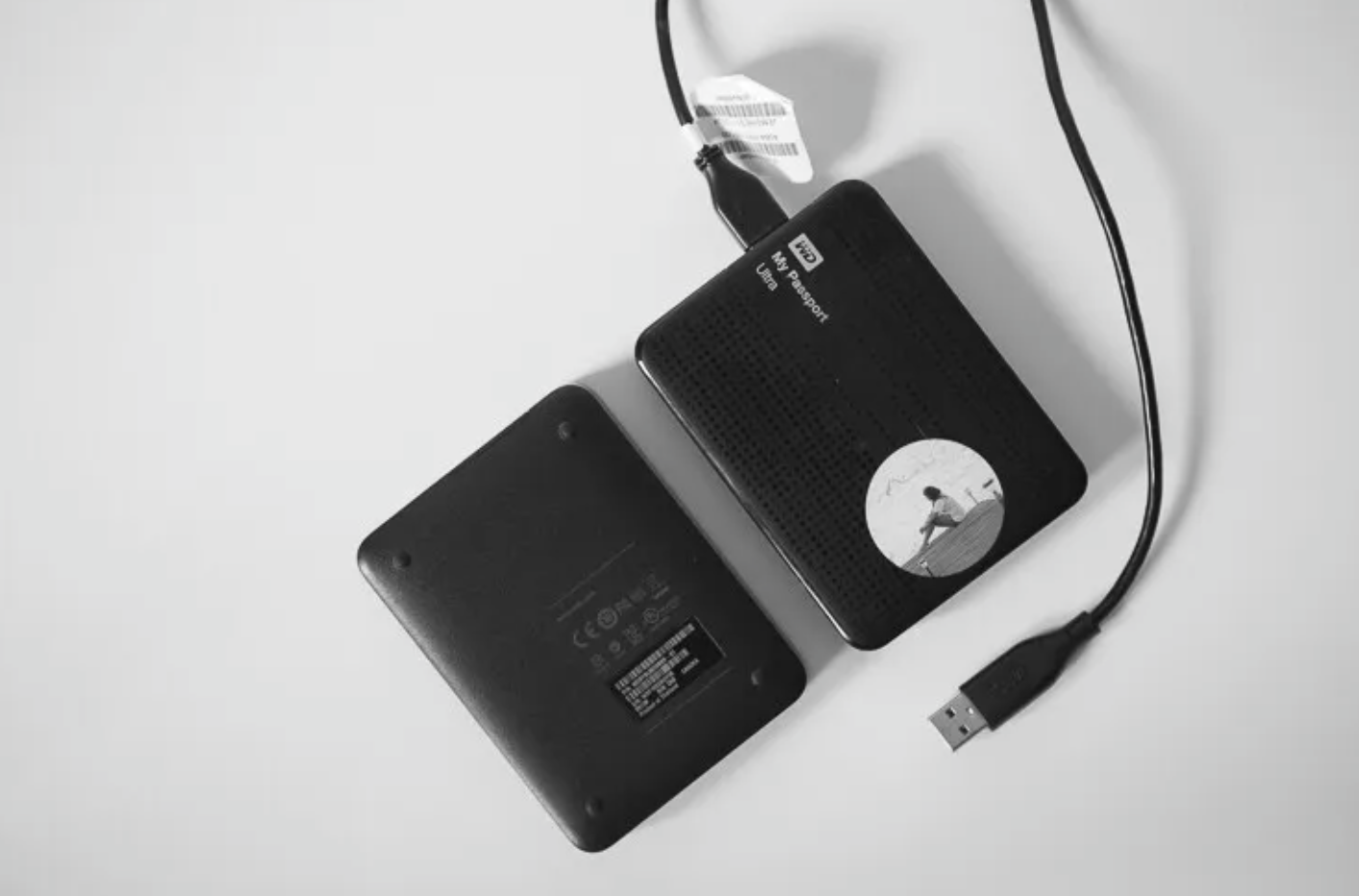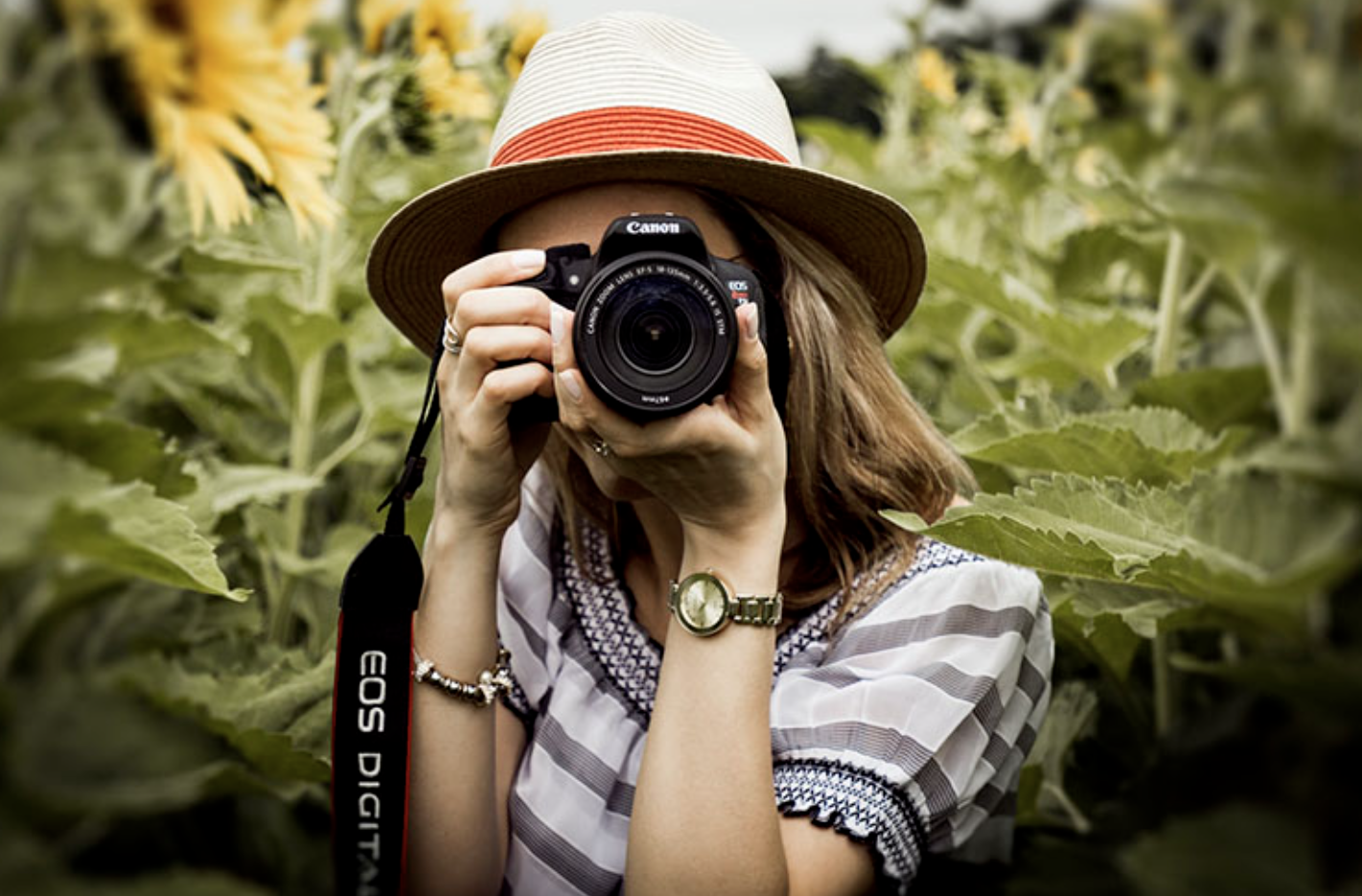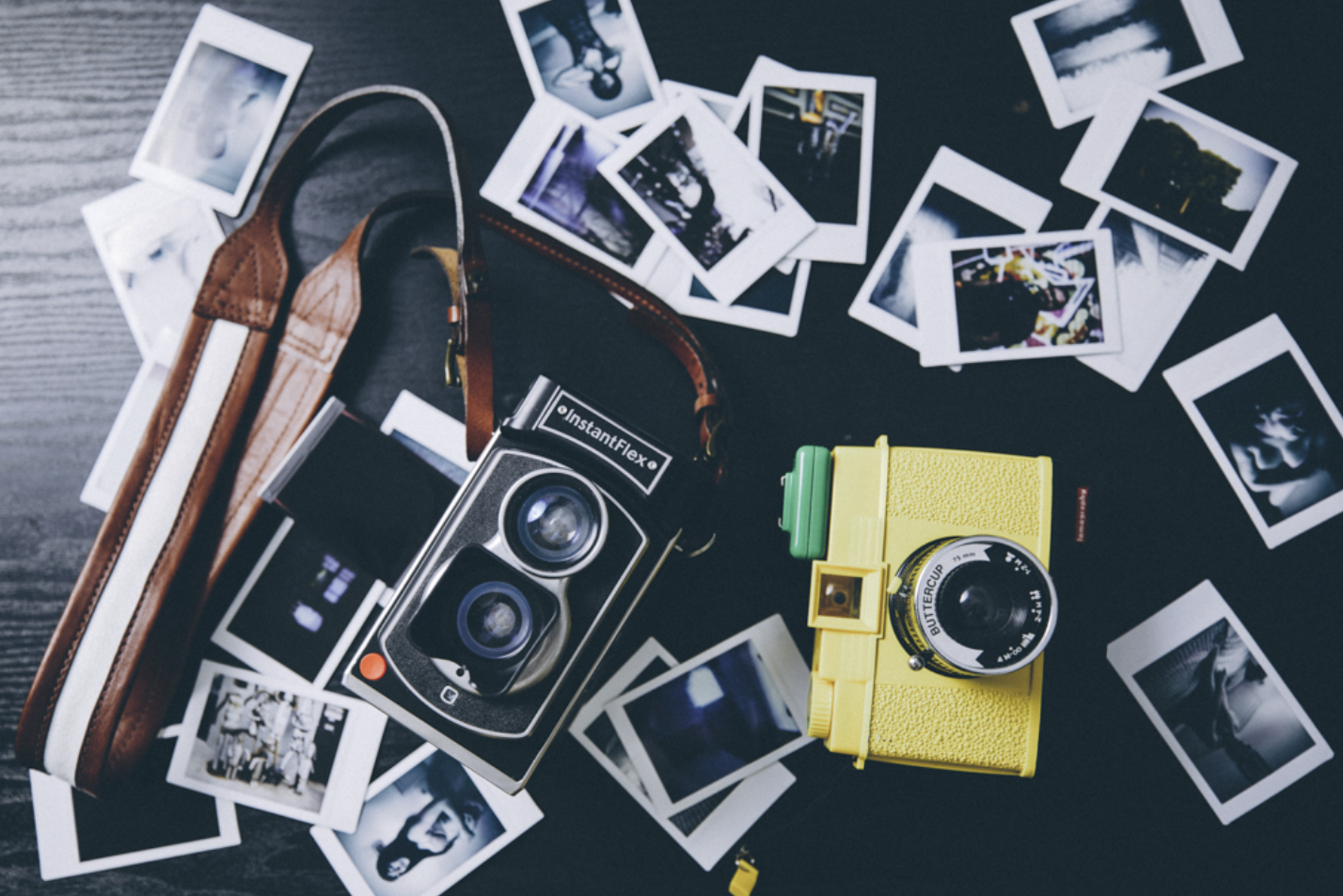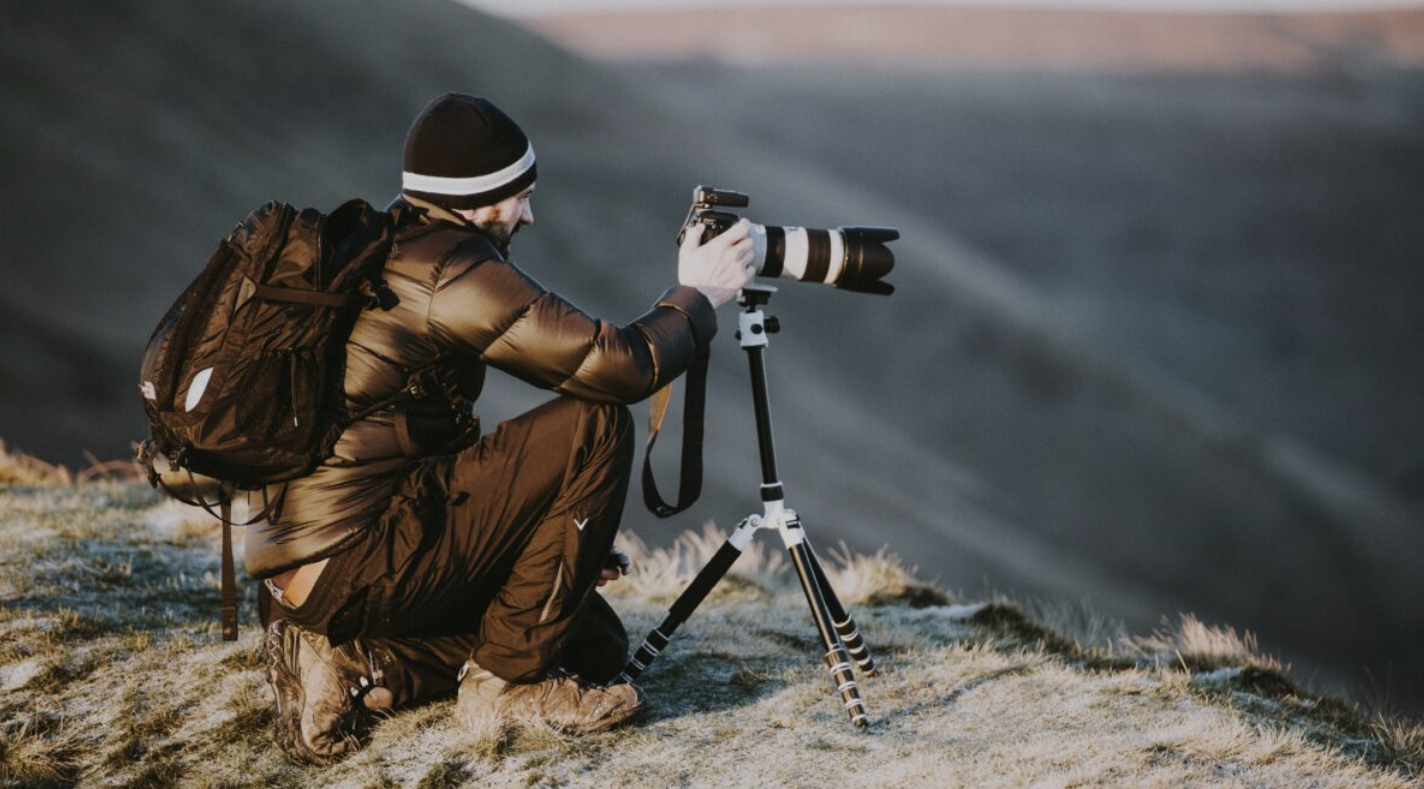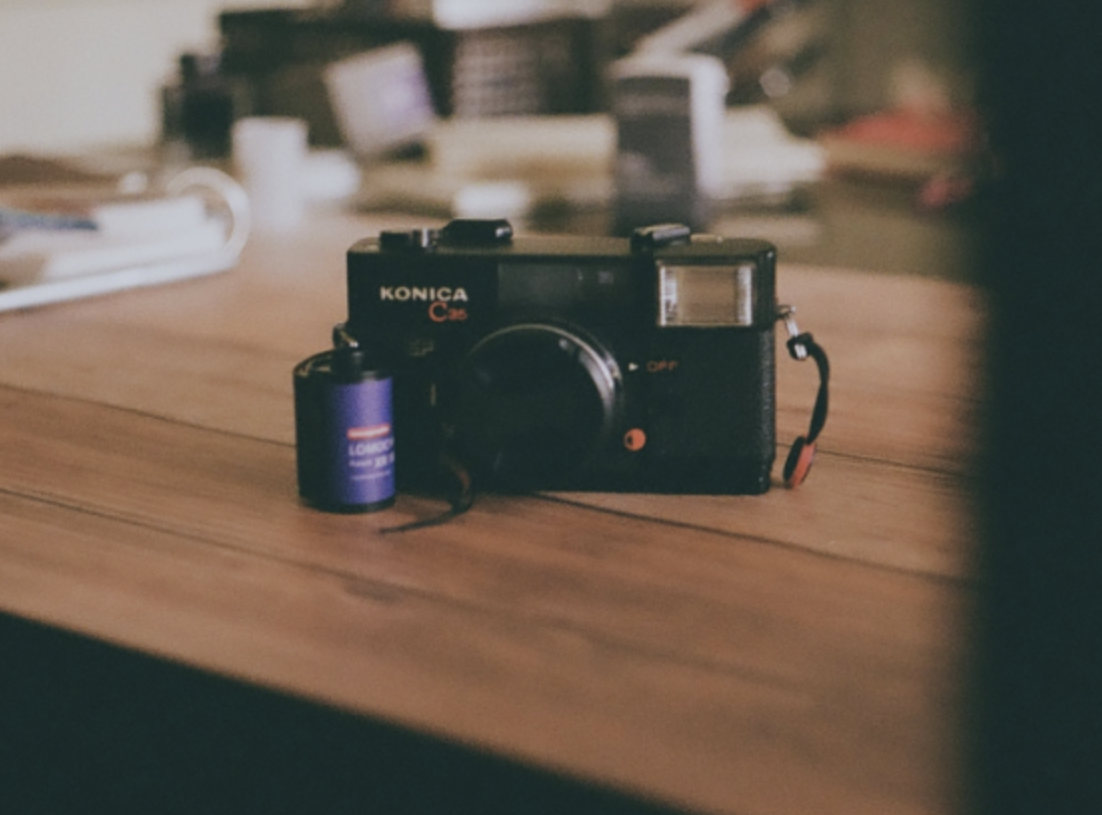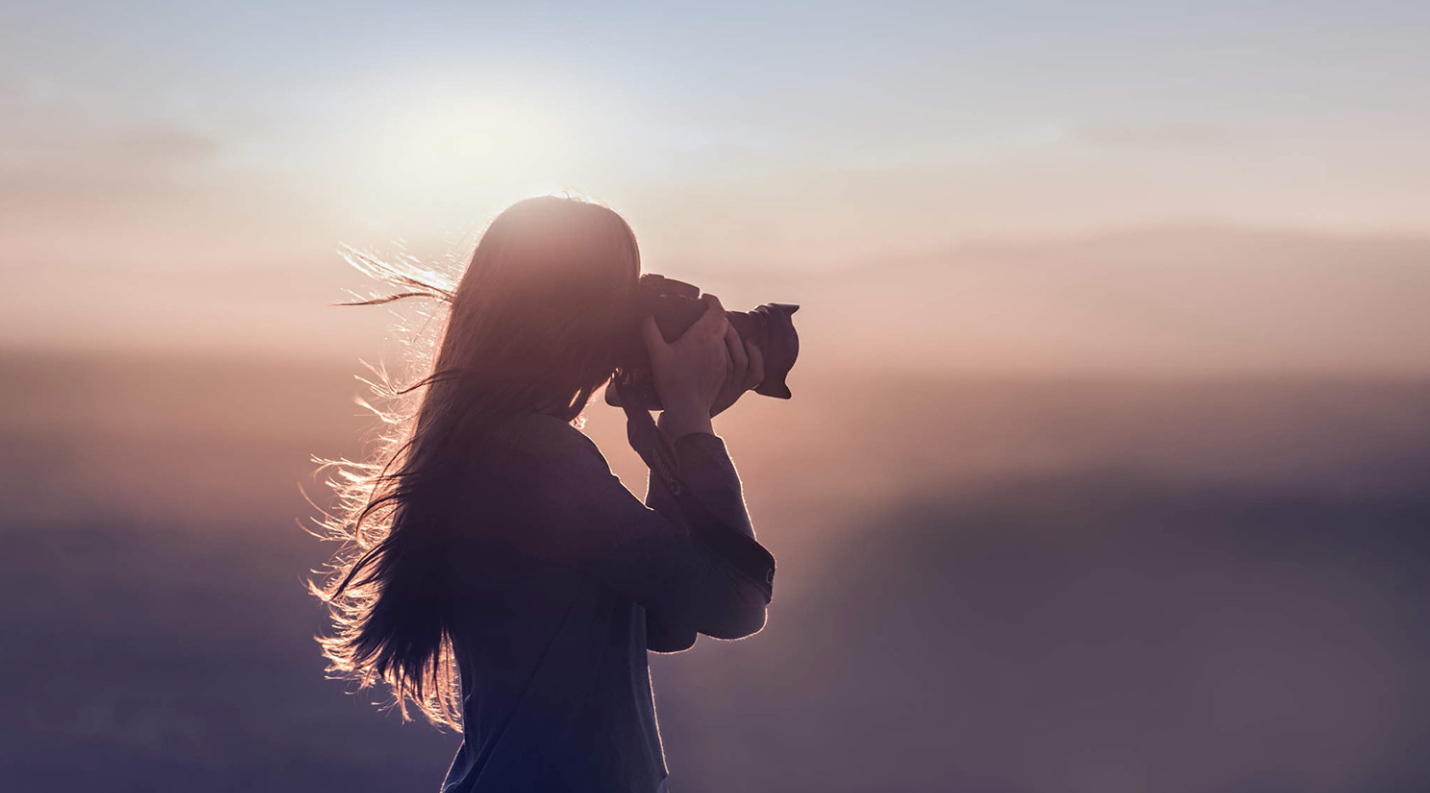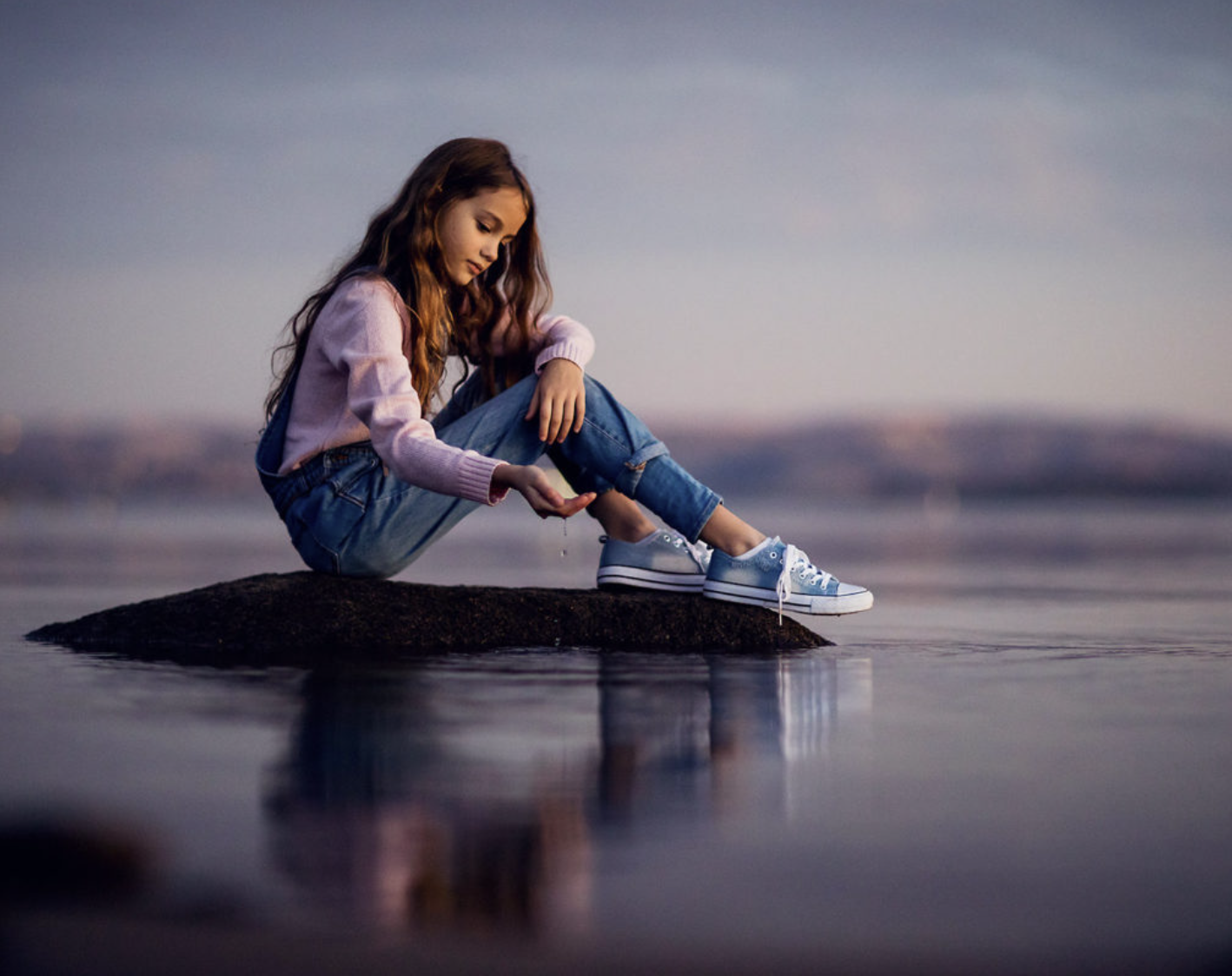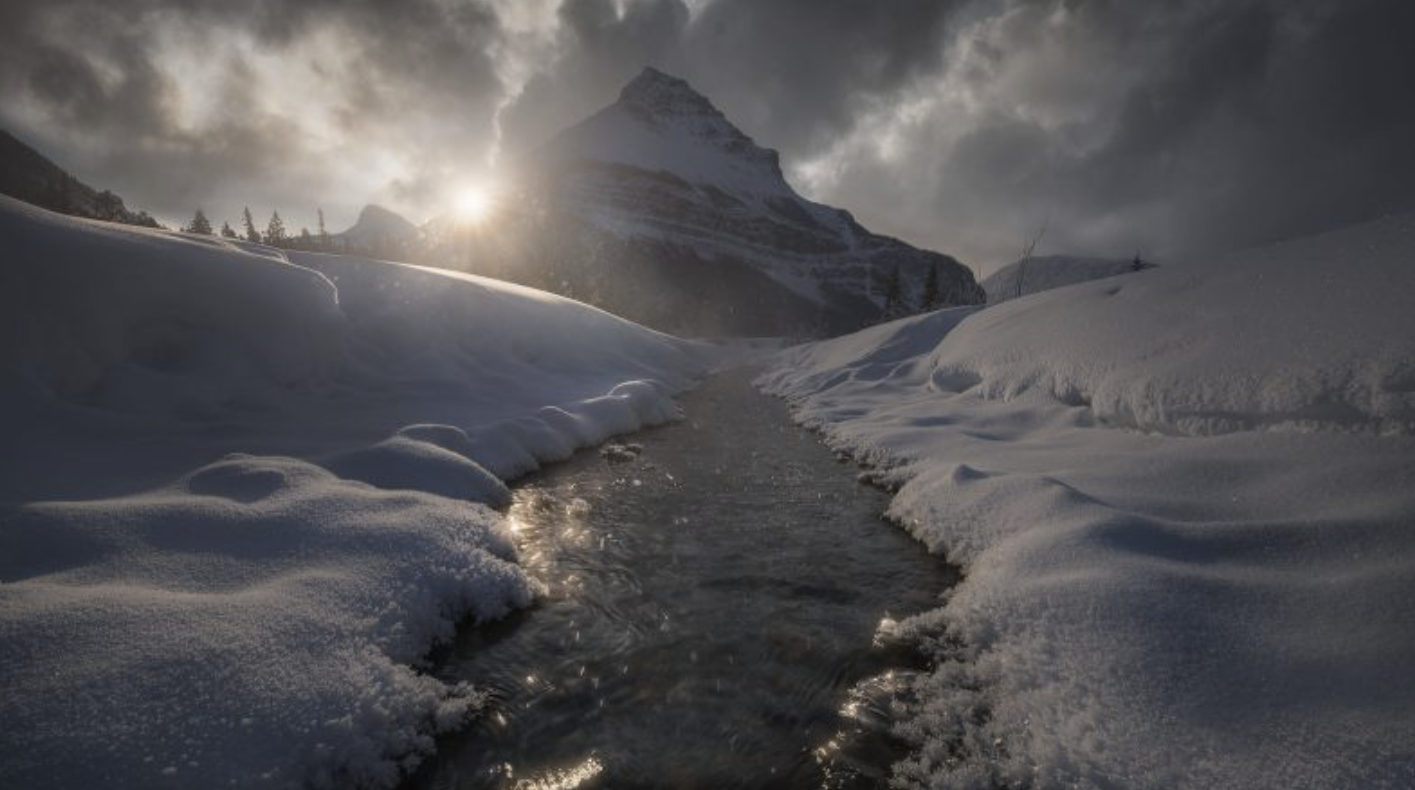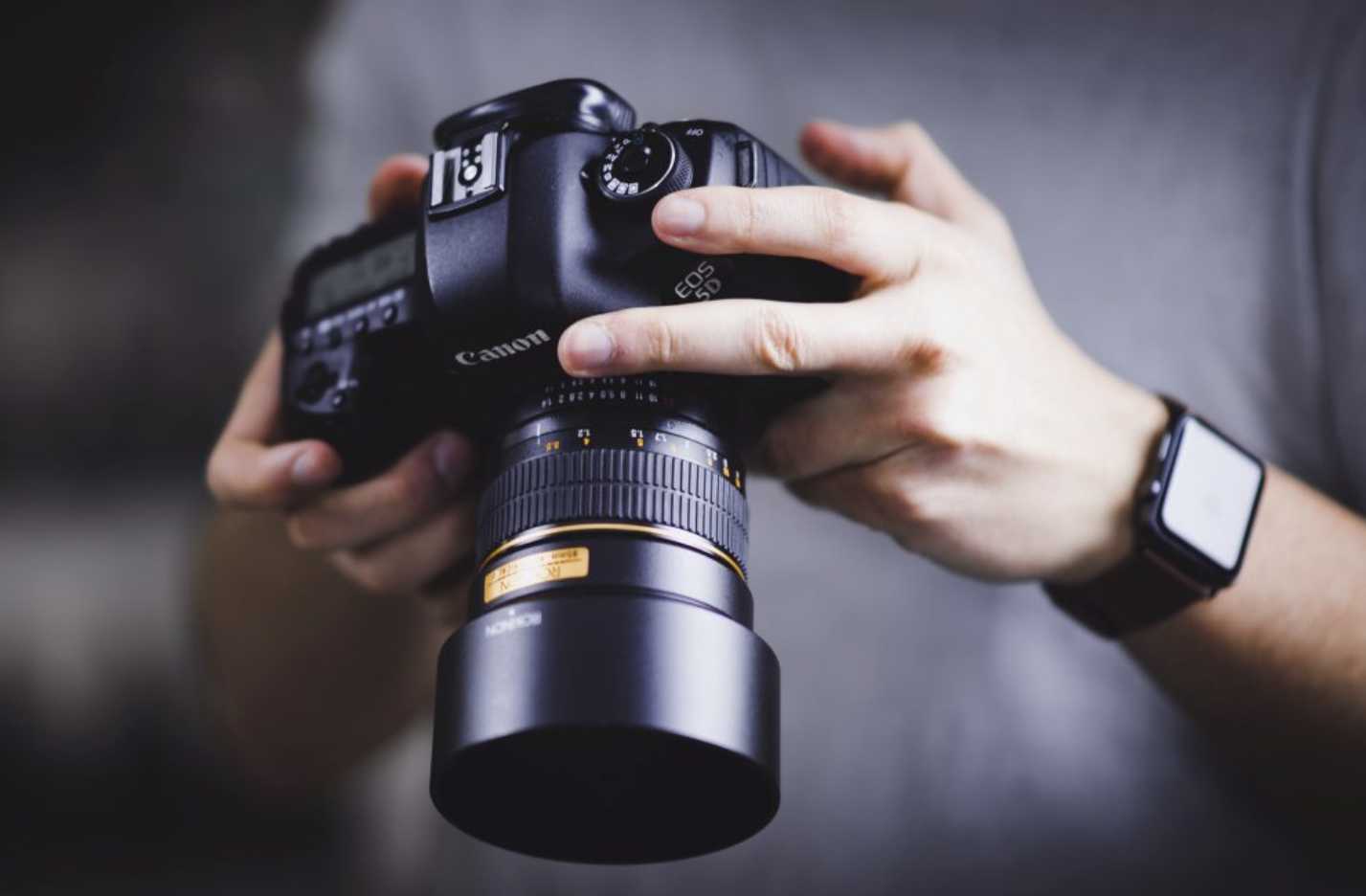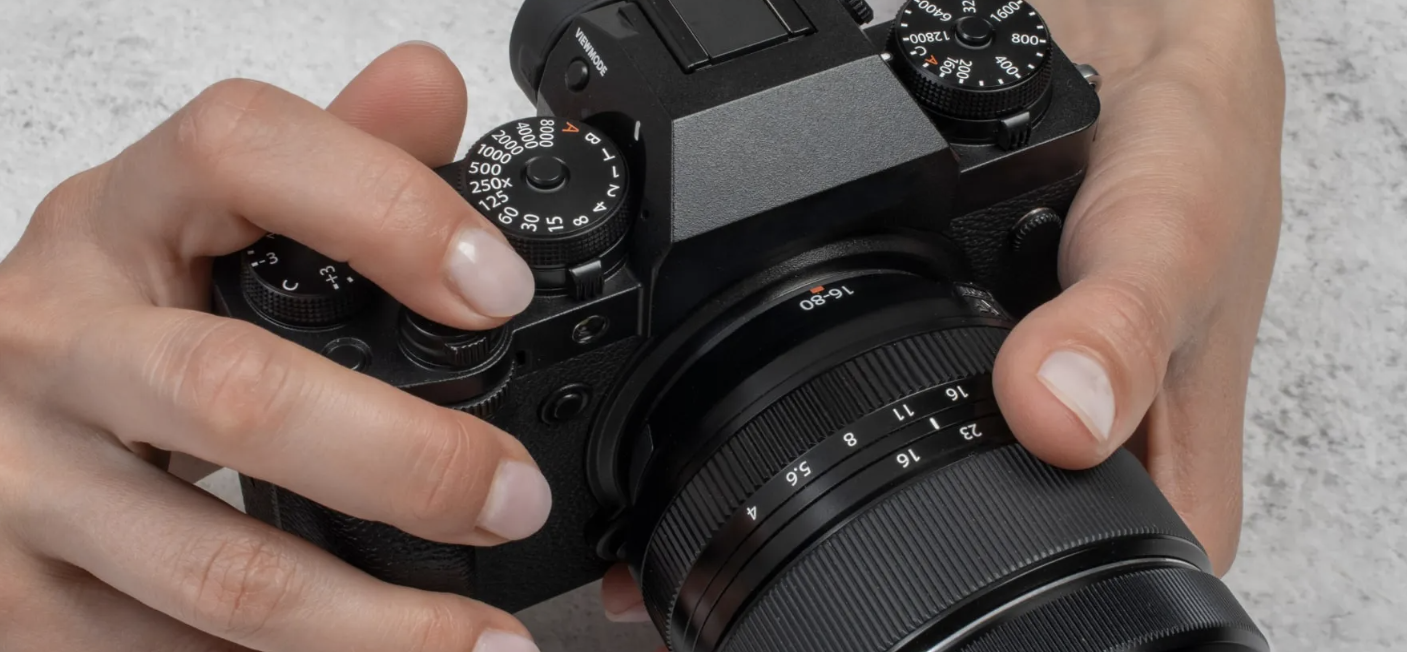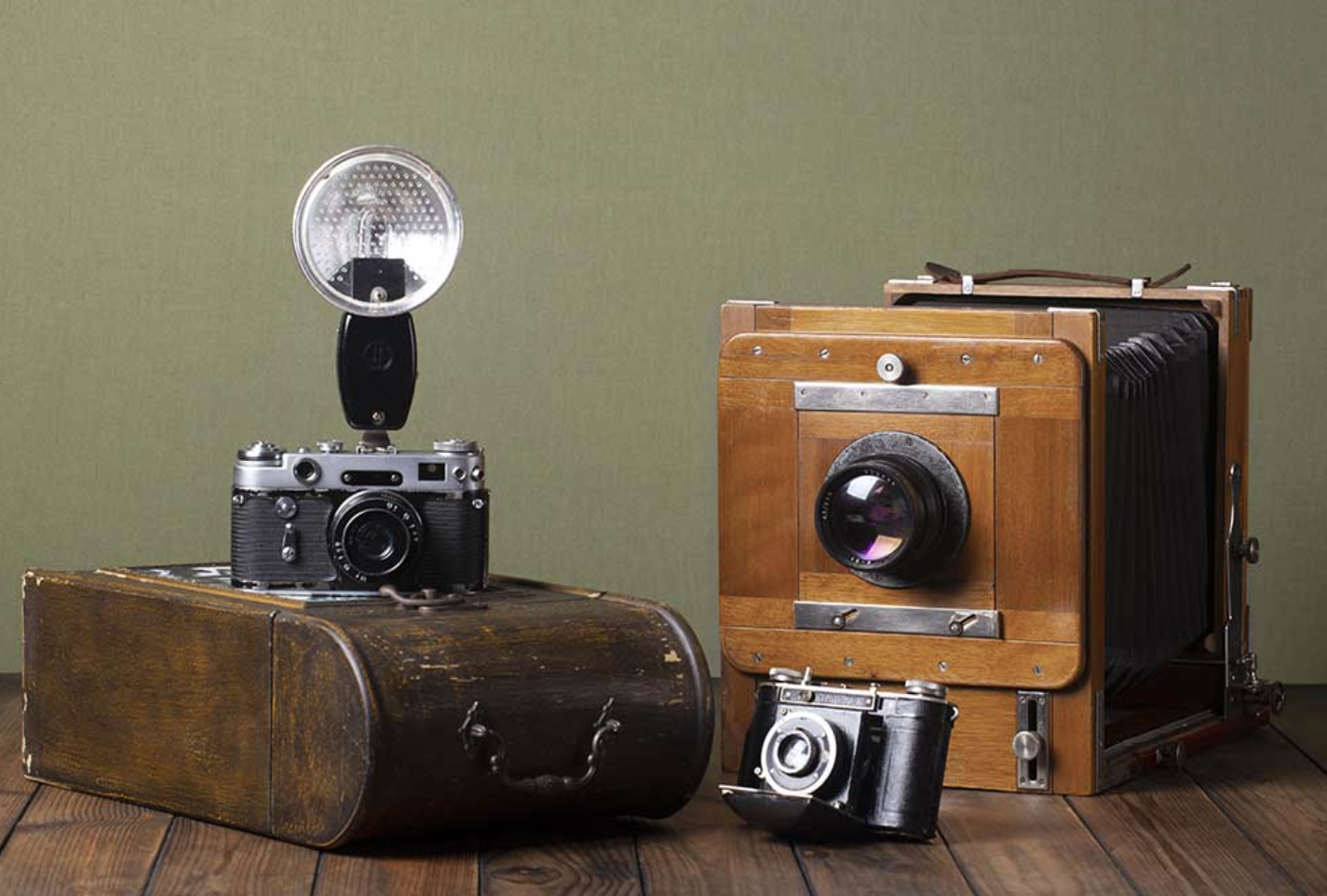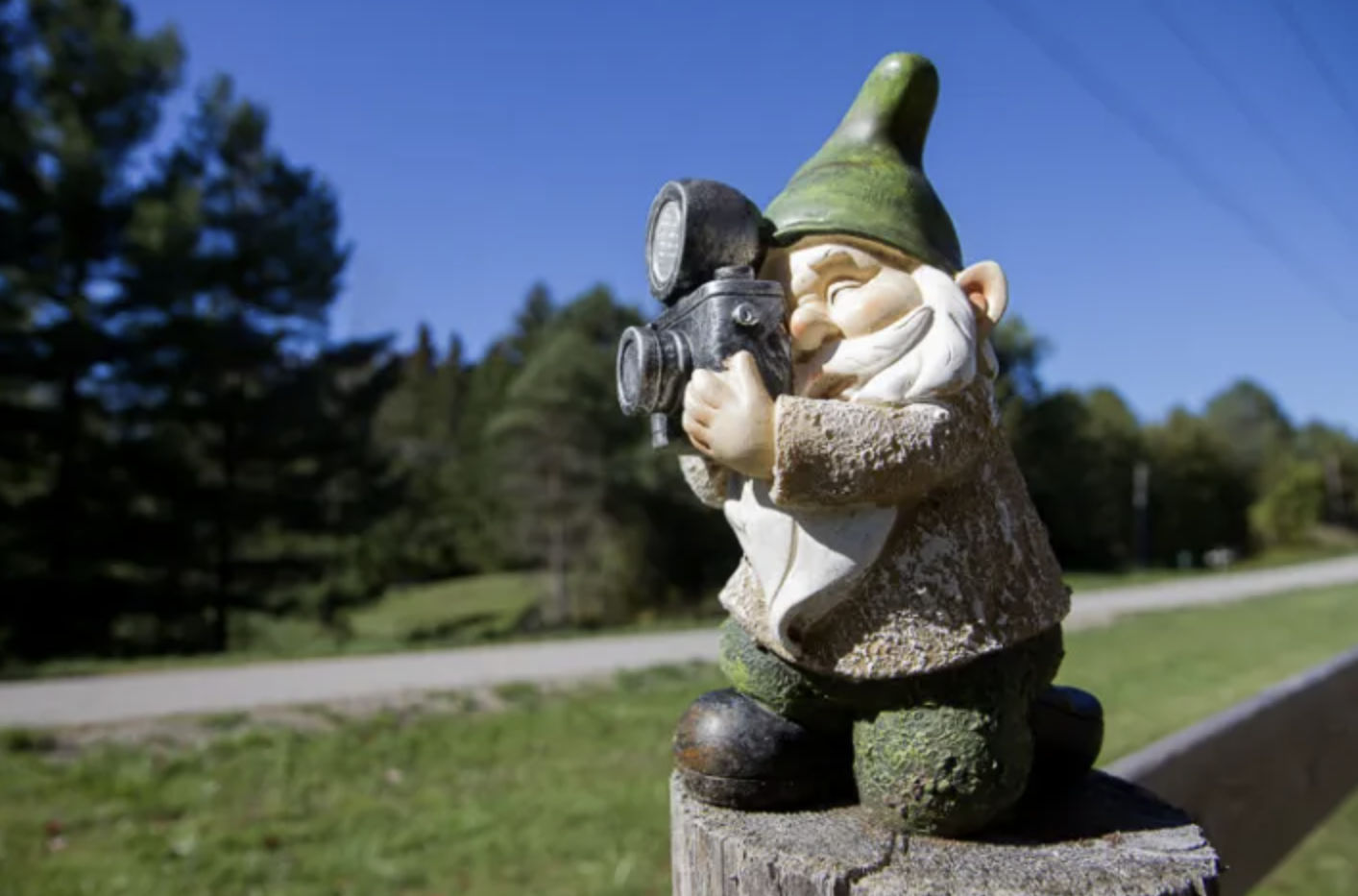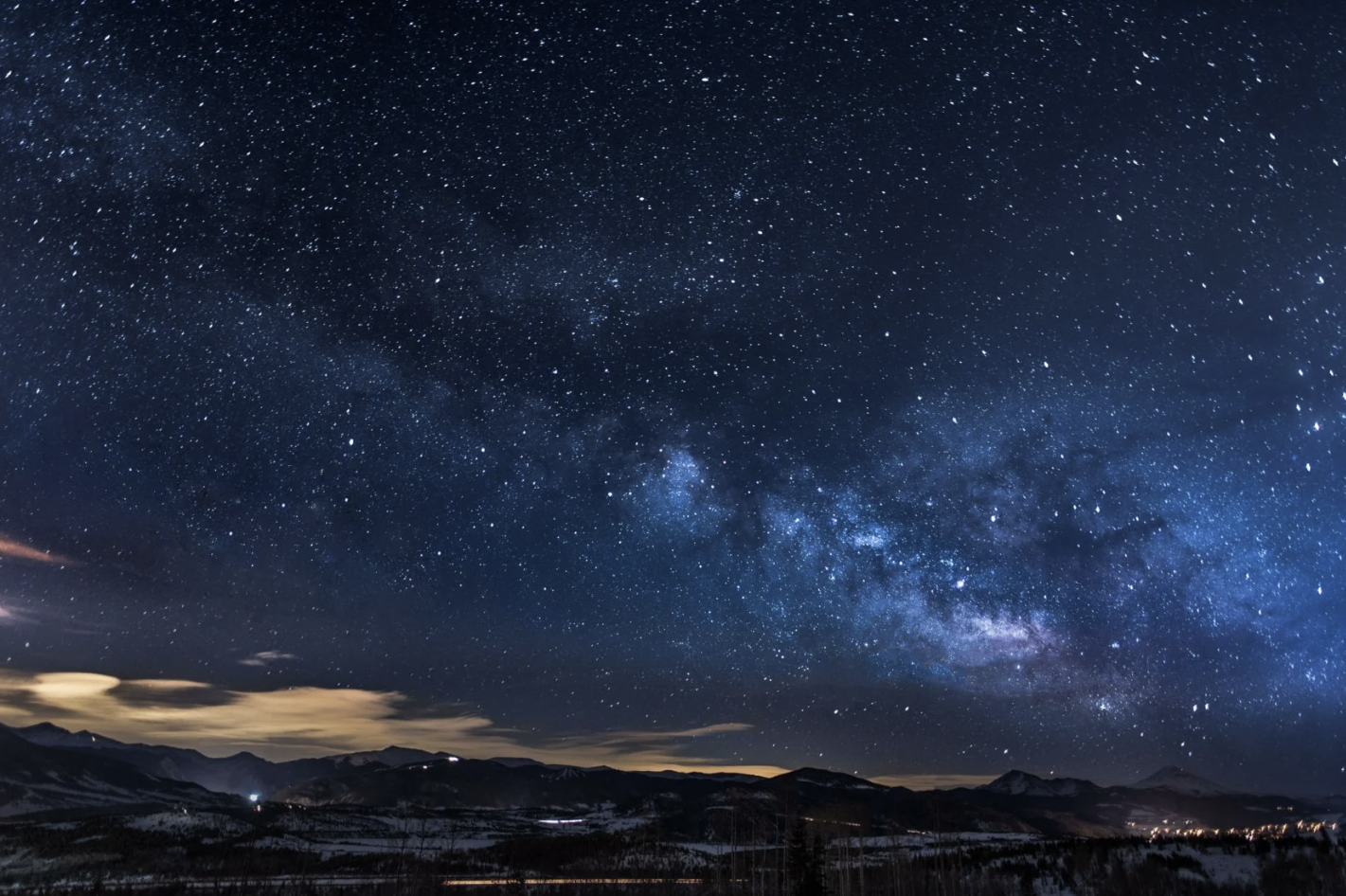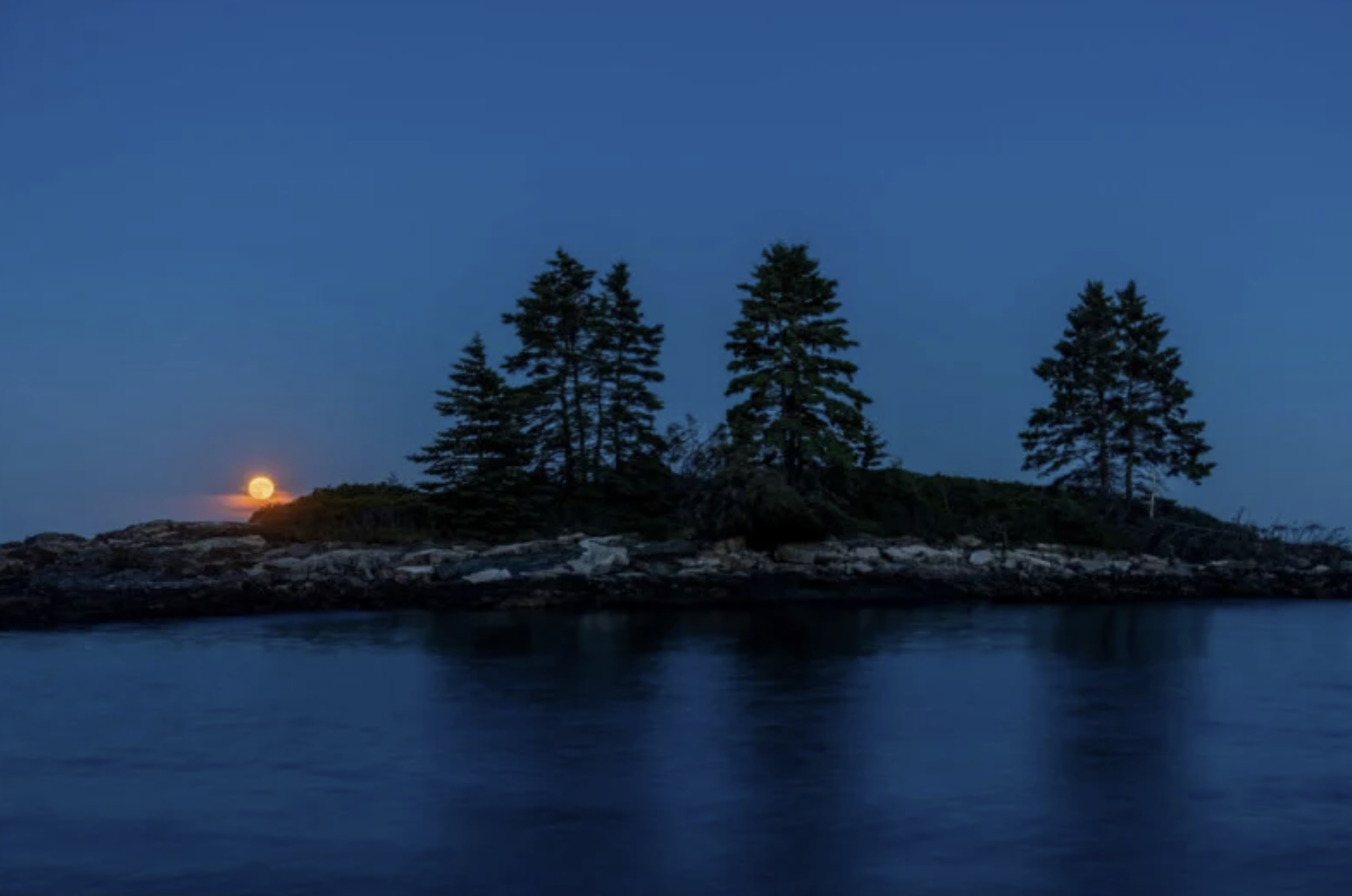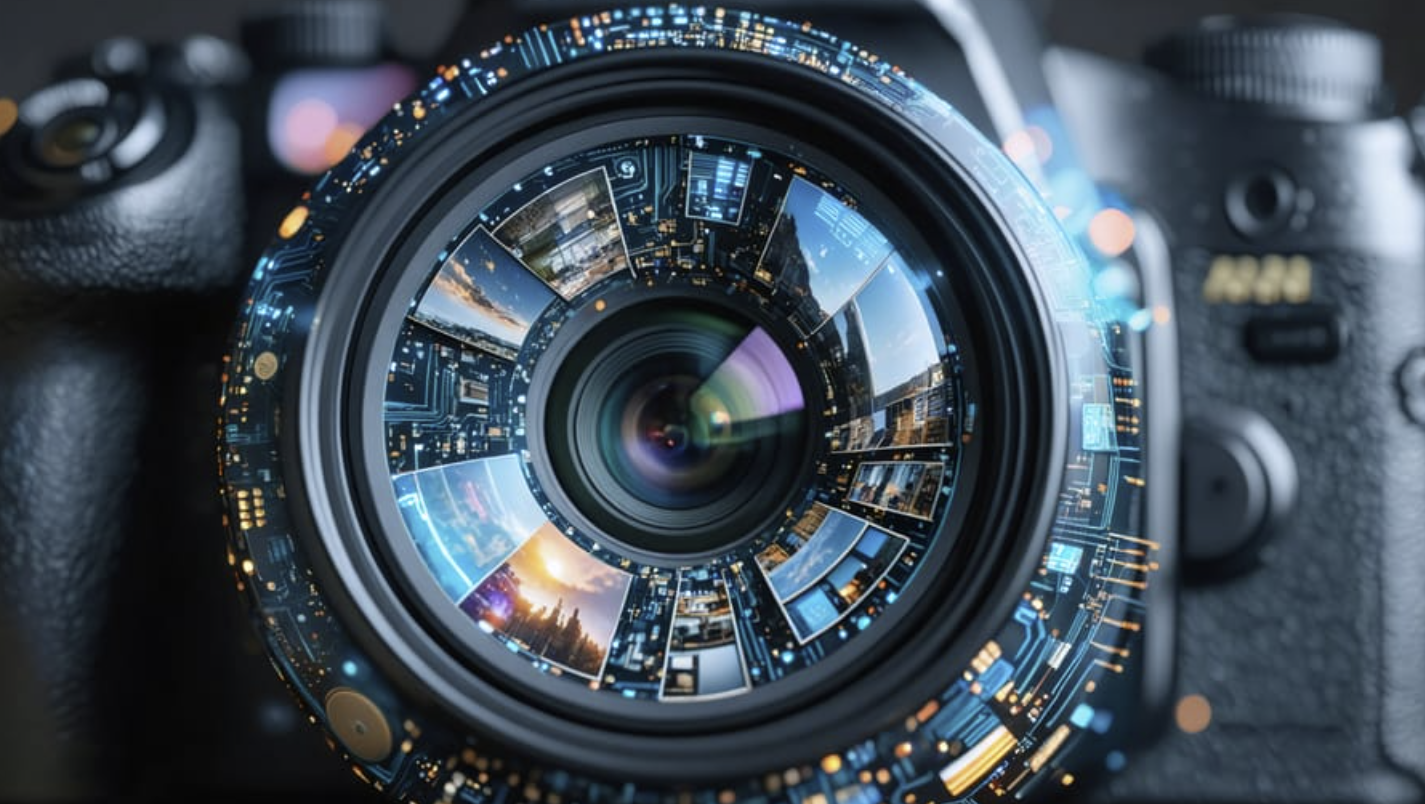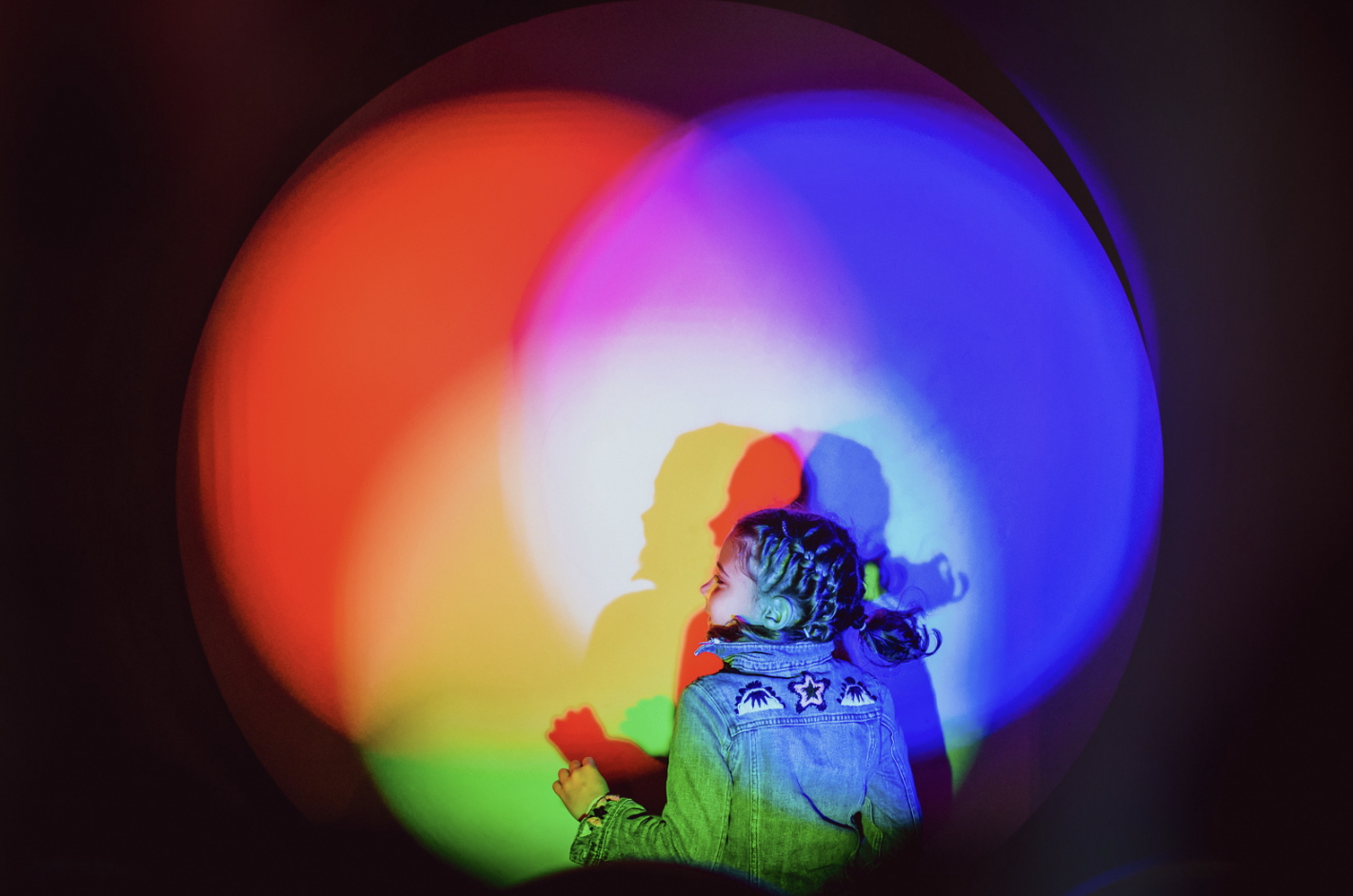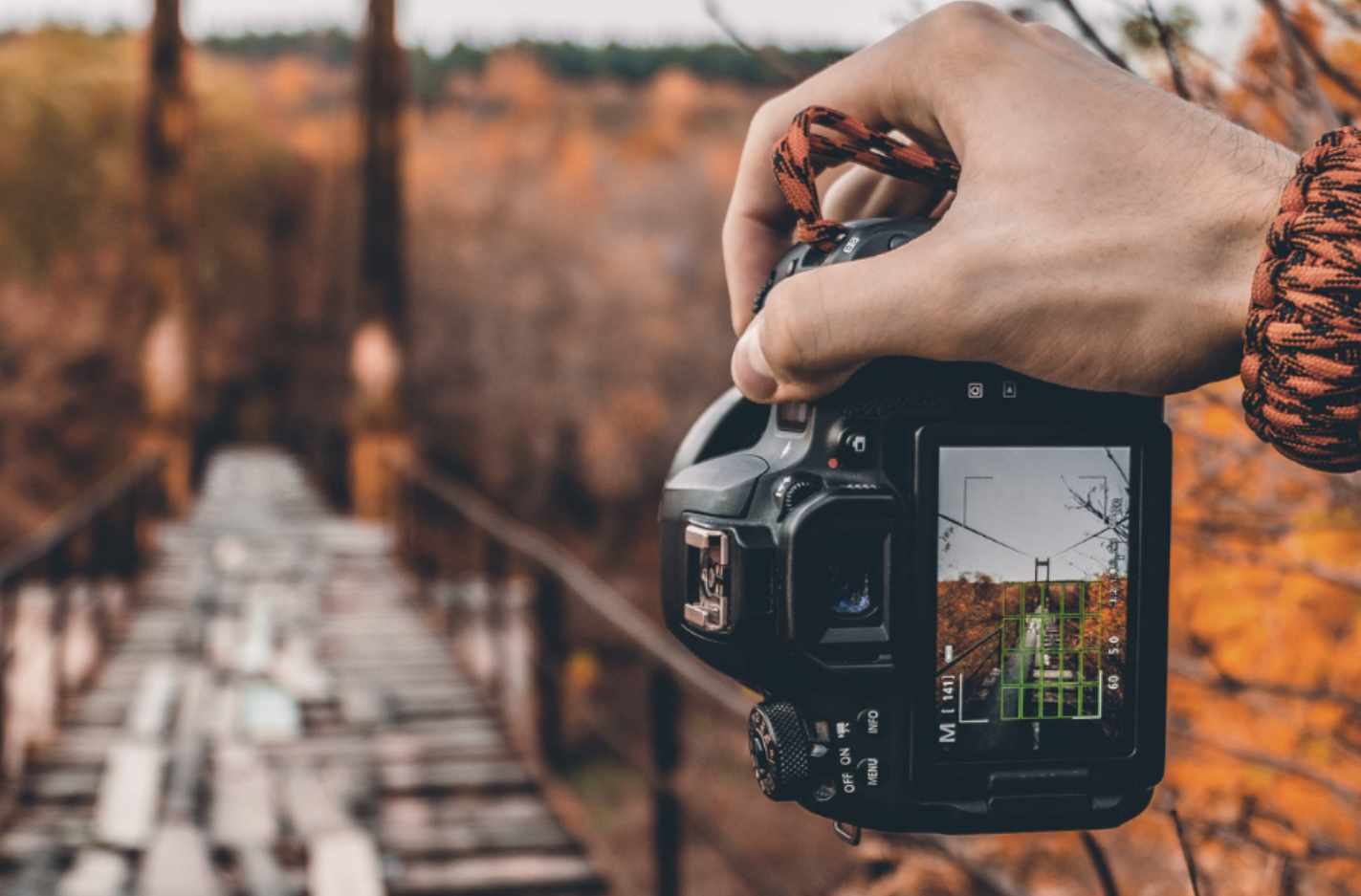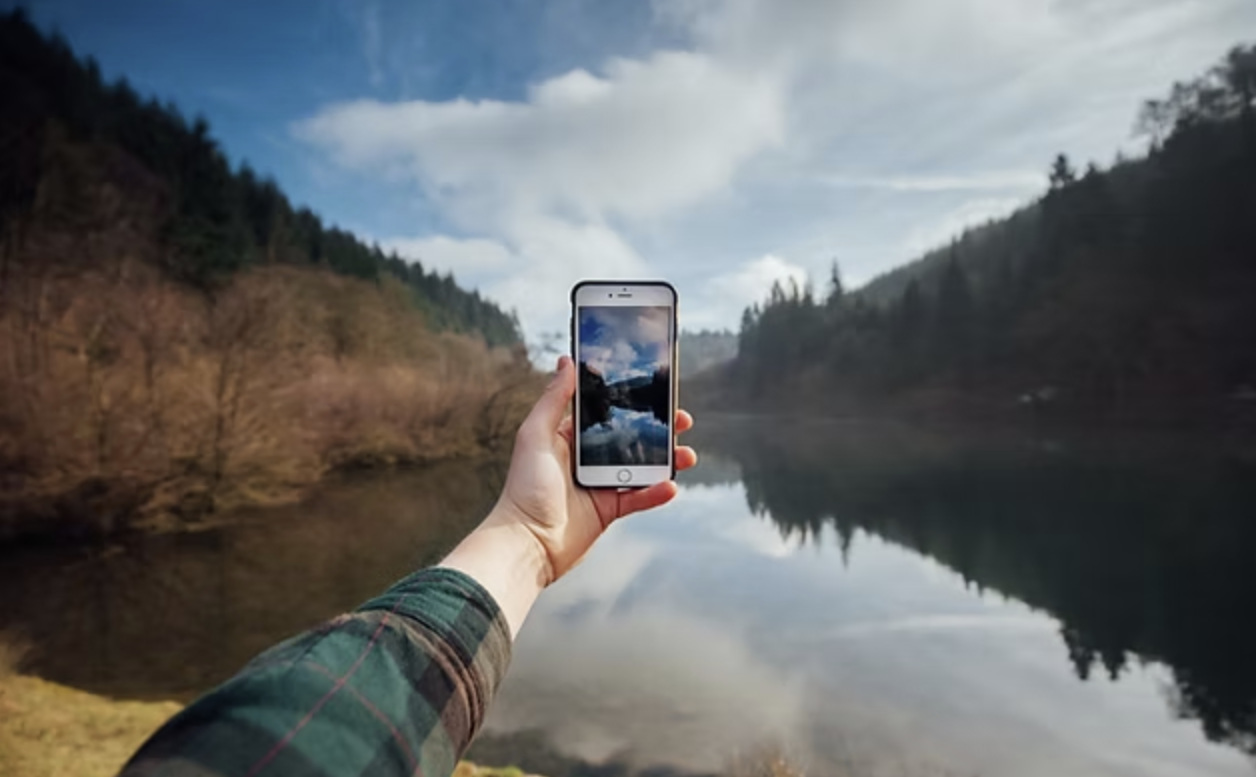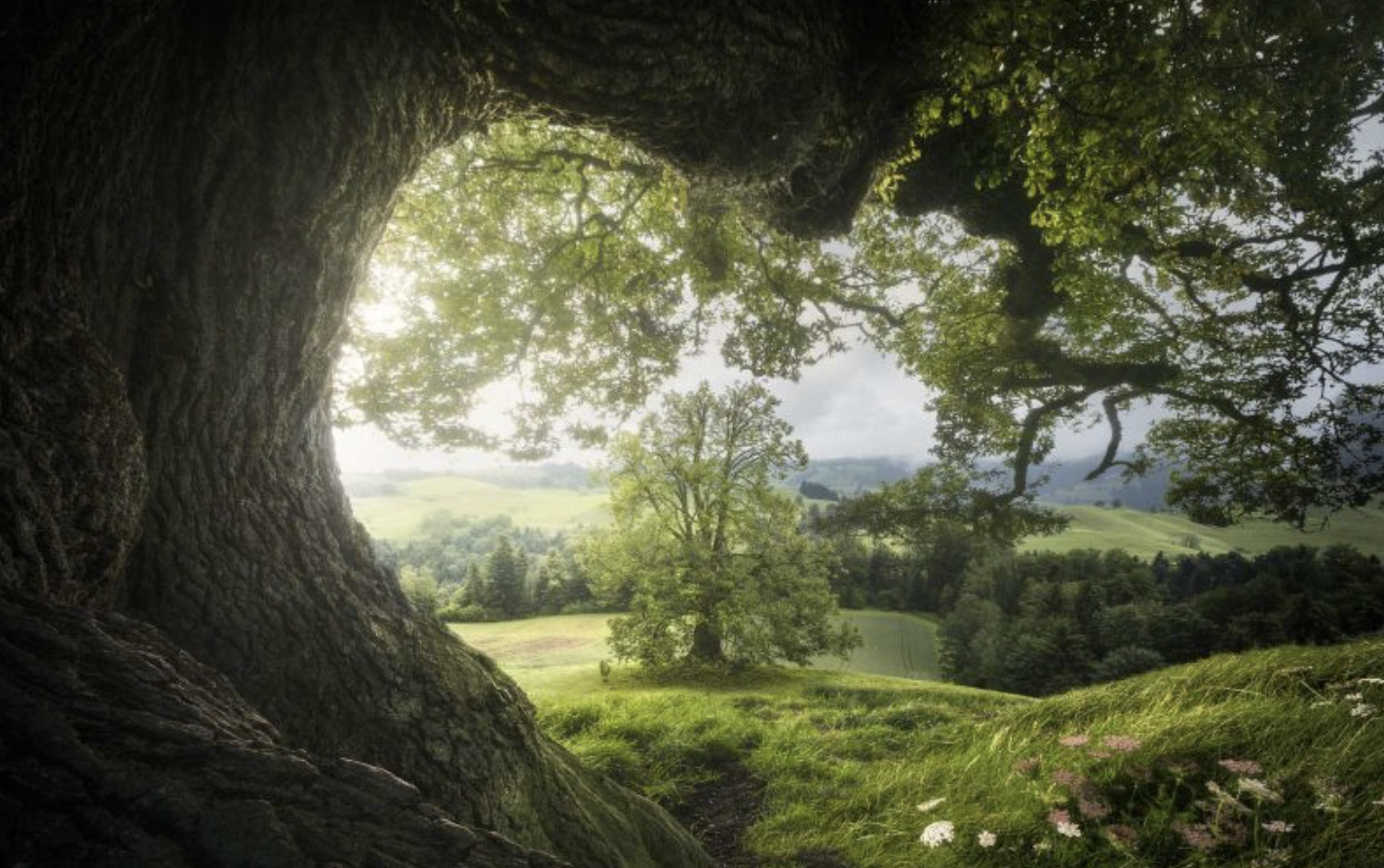
Flora photography is often associated with bright, vibrant images that evoke warmth and cheerfulness. However, capturing dark and moody flora can be a striking and artistic challenge that reveals a different side of the plant world. Whether you’re photographing plants outdoors or indoors, mastering lighting, composition, and editing techniques will allow you to create visually compelling, atmospheric images.
In this guide, we’ll explore tips for photographing and editing dark, moody flora, enabling you to produce striking, emotional images that stand out.
Lighting for Moody Flora Photography
Lighting plays a crucial role in achieving moody, atmospheric images. For this style of photography, soft light is essential, and natural overcast days provide the perfect conditions. On cloudy days, the diffuse light gently envelops the subject, creating a subtle and soft effect that enhances the mood.
If shooting on a bright, sunny day, find shaded areas where the light is softer and less harsh. Woodland environments, where flora is sheltered by trees, can also provide excellent opportunities for capturing moody images. Indoors, you can use natural window light, diffused by curtains or blinds, to create a similarly soft effect. Additionally, using a black reflector will help absorb light and prevent it from bouncing back onto your subject, further enhancing the dark, moody feel.
Choosing the Right Background
A simple, uncluttered background is key to making your subject stand out in a moody image. Avoid photographing plants in overly busy environments, where too many elements compete for attention. If the setting is crowded, try isolating the subject by finding contrasting colors or textures that help to separate it from the background.
For truly dark and moody images, opt for dark backgrounds. You can create these artificially by using black cloths or other dark materials, particularly when shooting indoors. Outdoors, look for areas where the natural background complements the moody theme, such as dense forests or shadowed corners.
Composition Tips for Dark Moody Flora Photography
Effective composition is vital in creating powerful flora images. Here are a few compositional techniques that can enhance your dark, moody photography:
- Rule of Thirds: This basic yet essential rule places the subject off-center, making the composition more dynamic. Use the grid lines to position your subject or key elements in your frame.
- Leading Lines: Branches, stems, or even veins in leaves can act as leading lines that guide the viewer’s eye toward the main subject.
- Frame Within a Frame: Creating a frame within the frame adds visual interest and helps focus attention on the subject. You can use natural elements like arching branches or plants to create this effect.
- Curves: Curved lines in plants or leaves can lead the eye through the photograph, adding a smooth, natural flow to the composition.
- Golden Spiral: This compositional tool can help you guide the viewer’s eye around the image, with the main subject placed at the center of the spiral.
- Negative Space: Incorporating negative space can make your subject stand out more, giving it room to breathe and adding balance to the image.
- Contrasting Colors: Look for complementary colors in the flora to create visual interest. For example, pairing dark leaves with lighter flowers can help draw attention to the subject.
- Textures and Patterns: Close-ups of textures on leaves, petals, or bark can create visually interesting and moody images. Look for contrasts in texture, such as smooth vs. rough or soft vs. rigid.
- Fill the Frame: Zoom in on interesting details in the plant or flower, filling the frame with textures, patterns, and colors that tell a story.
- Look for Layers: Using foreground, middle ground, and background elements creates depth and dimension, making your image more engaging.
- Perspective: Try shooting from different angles—get low, shoot from above, or even tilt your camera to capture unique perspectives that reveal new details in the flora.
- Abstracts: Flora offers great opportunities for abstract photography. Focus on details, shapes, and colors that evoke a mood or feeling, rather than aiming for literal representations.
Gear for Moody Flora Photography
While you can capture stunning flora shots with a smartphone, having the right camera gear can elevate your images. Here are some essentials to consider:
- Camera: A camera with manual controls is ideal, as it allows you to adjust aperture, shutter speed, and ISO for full creative control. DSLRs and mirrorless cameras are excellent choices.
- Lenses: A 35mm or 50mm lens works well for general flora photography, offering versatility and sharpness. For close-ups, a macro lens will let you capture fine details of leaves, flowers, or stems. A 24-70mm zoom lens is another versatile option for various focal lengths.
- Tripod: A tripod is helpful for ensuring sharp images, especially in low light. It also stabilizes your camera for creative compositions, such as macro shots or focus stacking.
If you’re using a smartphone, look for a manual mode or an app that allows for manual exposure control. This will let you achieve darker, moodier exposures directly in the camera.
Camera Settings for Moody Flora Photography
When photographing dark and moody flora, consider the following settings:
- Depth of Field: Use a shallow depth of field to isolate your subject, or a deeper one if you want to capture more of the scene.
- Focus: Manual focus can be useful in low light or challenging conditions. If your camera has focus peaking, use it to ensure sharp focus.
- Exposure: Slightly underexpose your images to achieve a darker mood. If you’re unsure, you can adjust exposure in post-processing, but avoid overexposing the shadows, as this can lead to unwanted artifacts.
Editing Moody Flora Images
Post-processing can significantly enhance the moody feel of your flora images. Here are some tips for editing:
- Adjust Exposure: Darken your image slightly to add mood and atmosphere.
- Add Contrast: Boosting contrast can bring out the details and textures of your subject, making the image more striking.
- Sharpening: Only add sharpening where needed, as overly sharp images can detract from the soft, dreamy effect you’re trying to create.
- Saturation: Reduce the saturation of bright colors, or increase it for more subdued tones. A muted color palette works well for moody images.
- White Balance: Adjust the temperature to cool tones to enhance the dark mood. Avoid overly warm tones, which can make the image feel too bright.
- Add Fade: Applying a fade effect or adjusting the tone curve can give your image a dreamy, moody feel.
- Shadow Tones: Consider adding a subtle blue or purple tint to the shadows to enhance the moody atmosphere.
For smartphone editing, apps like VSCO, Snapseed, or Mextures offer easy-to-use tools to apply these effects. For computer editing, software like Lightroom or Photoshop provides more control and flexibility over the process.
Conclusion
Capturing dark and moody flora photography requires a blend of creative techniques and careful attention to detail. By mastering lighting, composition, and editing, you can transform ordinary plants into atmospheric, captivating subjects. Whether you’re working outdoors or indoors, the key is to experiment, observe the light, and adjust your settings to create the mood you want. With practice, you’ll be able to capture the beauty and mystery of flora in a way that’s uniquely your own.



